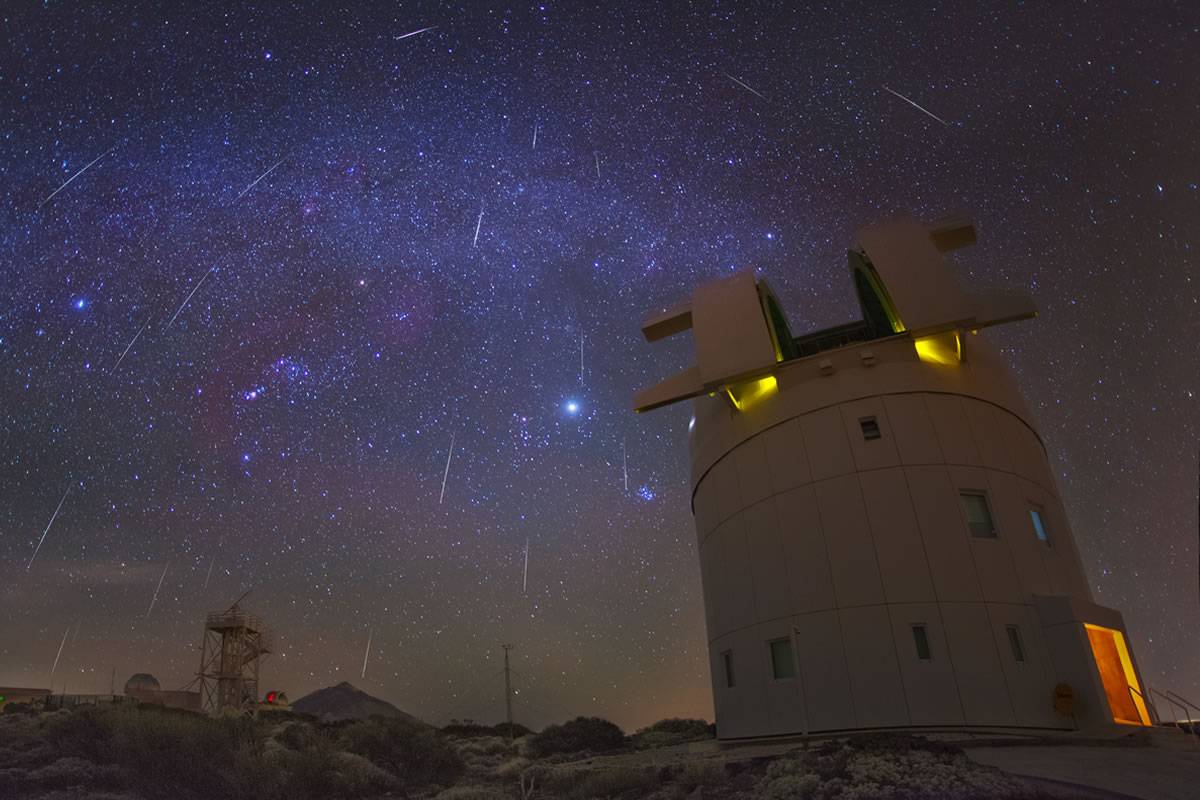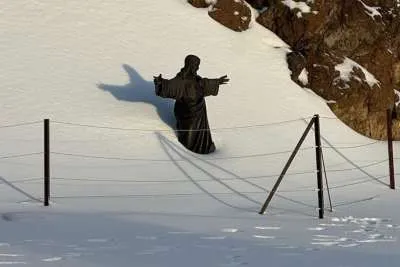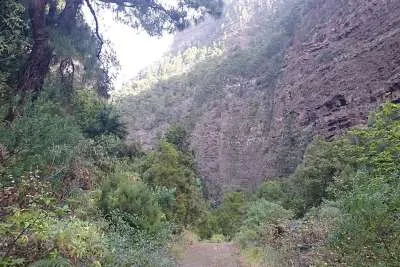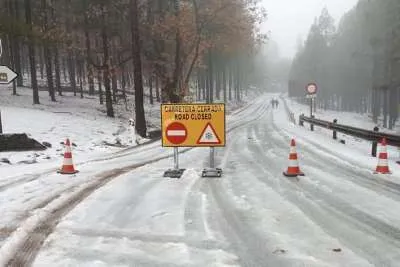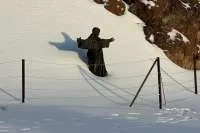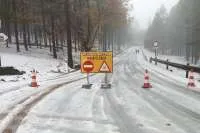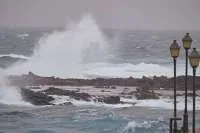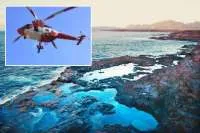The Geminids meteor shower: when and where to see the shooting stars
- 12-12-2023
- National
- Canarian Weekly
- Photo Credit: IAC
The Geminids meteor shower, or shooting stars, are set to grace the night sky from tonight, Tuesday December 12th until Thursday, December 14th, will be broadcast live from El Anillo in Extremadura and the Teide Observatory in Tenerife, as announced earlier today by the Institute of Astrophysics of the Canary Islands (IAC).
This live transmission on the sky-live.tv channel will take place on December 14th at 10.30pm Canary Islands time, serving as the grand finale for the four-year Interreg EELabs project.
According to the IAC, the so-called shooting stars are small dust particles of various sizes (ranging from fractions of millimetres to centimetres in diameter) left behind by comets or asteroids along their orbits around the Sun.
The cloud of particles released by the asteroid (3200) Phaethon during each of its visits (completing one orbit around the Sun every 1.4 years) is responsible for the annual Geminids meteor shower around this time of year.
For over a decade, this meteor shower has been known for being the most intense of the year, surpassing 100 meteors per hour (ZHR, zenithal hourly rates). This year, the absence of the moon will enhance the viewing experience, allowing even the faintest meteors to be visible.
The best nights to observe the "shooting stars" will be tonight from December 12th to 13th and tomorrow night from December 13th to 14th. If weather conditions are unfavourable or light pollution obstructs the view, enthusiasts can follow the live broadcast on the sky-live.tv channel, concluding the outreach activities of the Interreg EELabs project from the Teide Observatory (Tenerife) and El Anillo (Extremadura), in collaboration with the Extremadura Buenas Noches project.
Since late 2019, the Interreg EELabs project has conducted 24 broadcasts of celestial events, in addition to the #UniversoEnCasa series and monitoring the La Palma eruption, to raise awareness about the need to preserve the darkness of the night for the protection of nocturnal ecosystems and the advancement of Astronomy.
The Geminids is a meteor shower visible from both hemispheres, with the northern hemisphere experiencing higher activity as the constellation Gemini, the point from which the shooting stars seem to originate and the namesake of this shower, is higher above the horizon.
Moreover, Geminids meteors are slower than those of other meteor showers, making it easier to spot the "shooting stars." To witness the highest number of meteors, the IAC recommends positioning oneself in an area free from light pollution produced by cities and with clear horizons.
It is advisable to wait until at least midnight and focus your gaze on a specific area of the sky, where you can remain for a few minutes to "detect" a Geminid.
Other articles that may interest you...
Trending
Most Read Articles

Featured Videos
A Vision of Elvis Tenerife Promo
- 10-05-2025
TEAs 2025 Highlights
- 17-11-2025


